Maxi trimarans battle the South Atlantic
Published on November 16th, 2019
(November 16, 2019; Day 12) – Having emerged unscathed from the past 24 hours of very strong winds and particularly rough head on seas, the four Ultim 32/23 Class trimarans in the 14,000nm Brest Atlantiques continue their crossing of the South Atlantic in upwind conditions averaging around 30 knots for the fastest on a course for Gough Island, located at the edge of the ice zone. Maxi Edmond de Rothschild continues to hold the lead today with 107 miles over second placed MACIF.
The worst of this second leg since the turning mark off Rio de Janeiro is over for the fleet who have been sailing upwind in 25-30 knots gusting to 40 and especially rough seas against them for the past 24 hours. It has been particularly punishing on both the boats and the sailors.
Despite these testing conditions, average speeds remain high and particularly for the leader, Maxi Edmond de Rothschild, who, in seas of up to 3 metres, is able to free itself from the waves and literally fly over them.
With peaks at over 30 knots between the 4am and 8am rankings today, Franck Cammas and Charles Caudrelier eased slightly between noon and 4pm (28 knots), which enabled trimaran MACIF (François Gabart/Gwénolé Gahinet) and Sodebo Ultim 3 (Thomas Coville/Jean-Luc Nélias) to reduce the gap (107 and 215 miles at 4pm), while behind, Actual Leader (Yves Le Blevec/Alex Pella), 489 miles away, is holding on (at an average of over 24 knots over the last four hours), aware of the need to go fast to stay in the same weather system as the others.
“They have a little pressure because they’re on the edge of the front, 35 miles from the wind shift, they have to be able to stay with the low going down to the southeast, but for now, they’re keeping up the pace,” explains Christian Dumard, the race director’s weather consultant. “The risk for them is to go to the wrong side of the depression, and in this case, their delay in Cape Town could go from about fifteen hours to at least two days.
“They are still going down in a little less sea than yesterday, it’s a little more manageable, but it’s still very hard, they’re going to have these conditions until Sunday night included. They are all on course for Gough Island, the island just at the edge of the ice zone, which they will leave to starboard before rounding the high which should be pretty fast.”
According to the routing, the first duo could reach Gough Island overnight withing the next two days, then arriving in Cape Town, the second and last mark they need to pass, by November 20.
Event details – Race brochure – Tracker – YouTube
The race sends these doublehanded speedsters on a course from Brest that will turn at Rio de Janeiro (Brazil) and Cape Town (South Africa) before returning to Brest. The Ultim Class is for trimarans with a maximum length of 32 meters and a maximum width of 23 meters.
The turning marks will see the boats leave to port the chain of Cagarras Islands, in front of the famous Ipanema beach in the Bay of Rio and Robben Island off the coast of Cape Town, where Nelson Mandela was imprisoned for 18 years.
It is an unprecedented course, lined with several weather traps, especially along The Cape, a route almost never taken in offshore racing.
Each entry will be skippered by four fantastic pairs and accompanied by a media man who is not allowed to take an active role in the performance of the boat. The teams are:
• Actual leader: Yves Le Blévec/Alex Pella
• Maxi Edmond de Rothschild: Franck Cammas/Charles Caudrelier
• Trimaran Macif: François Gabart/Gwénolé Gahinet
• Sodebo Ultim 3: Thomas Coville/Jean-Luc Nélias
Source: BREST ULTIM SAILING


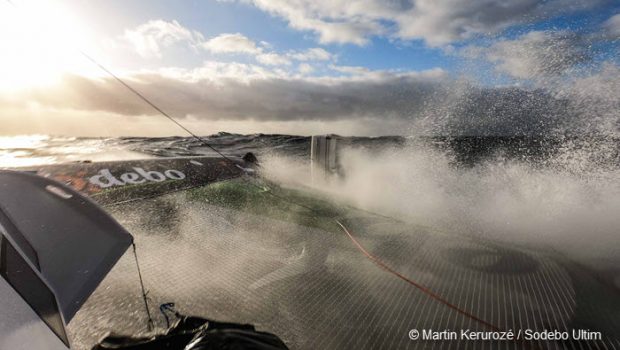

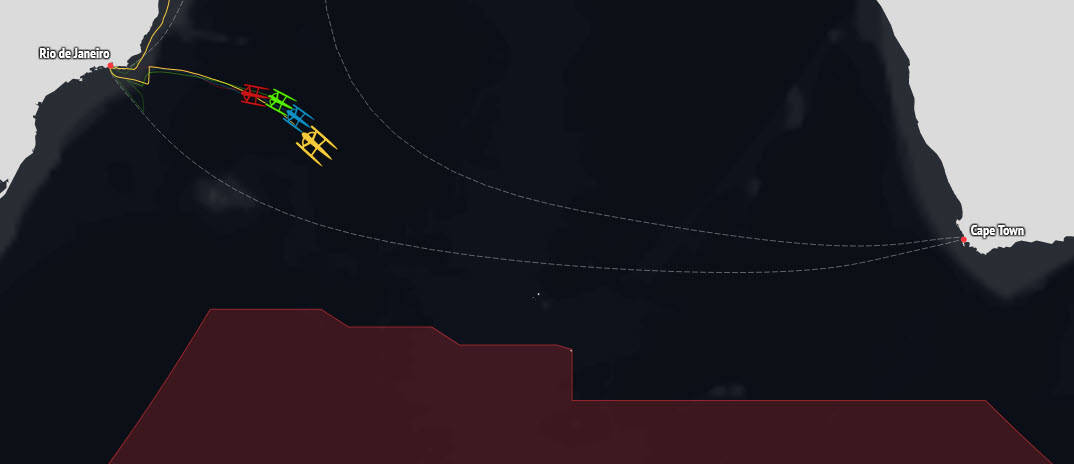


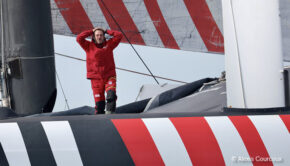
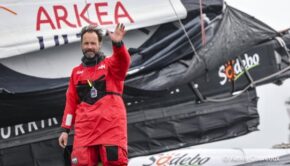

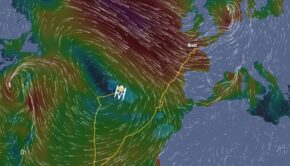
 We’ll keep your information safe.
We’ll keep your information safe.